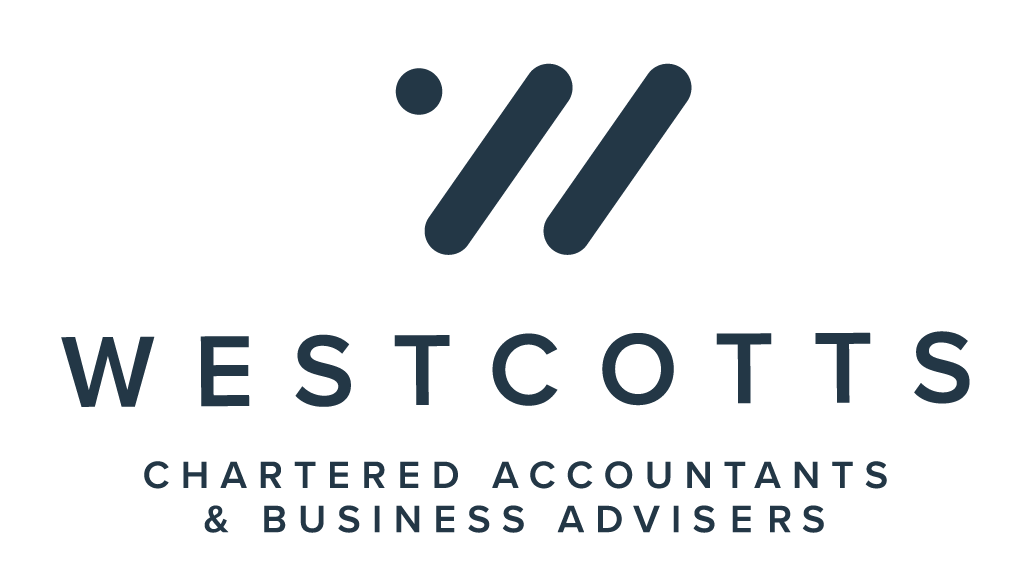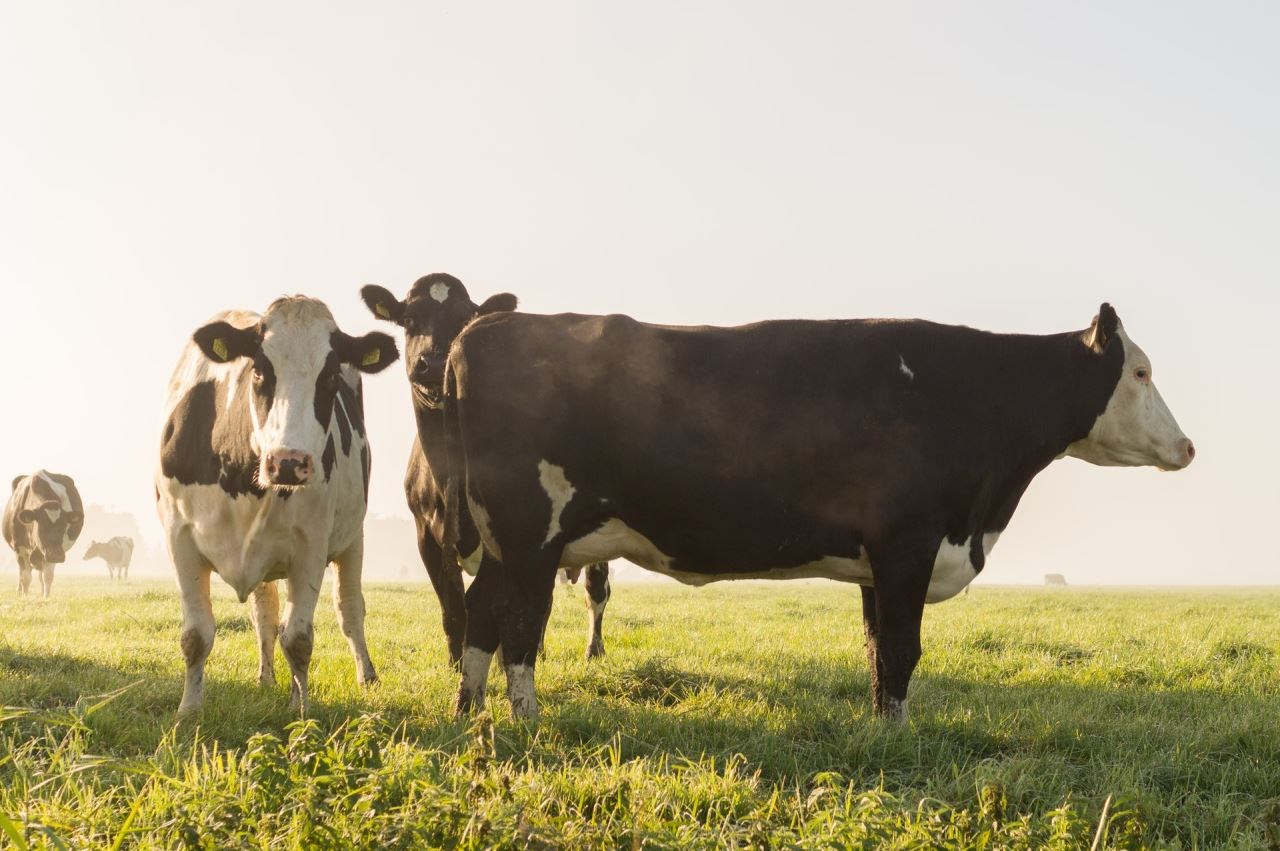2019/20 DGCL Benchmarking Figures
Over the Christmas period we have been carrying out our benchmarking exercise using accounts we have analysed during the period of September 2019 to April 2020. The data used is collated from both long standing clients and newer clients that have started working with us over the last 12 months.
This blog post presents our Average and Top 25% Cost of Production (CoP) figures for benchmarking purposes.
As expected, there is a wide range of total cost of production from 27.75-37.53ppl.
Drilling down to individual costs you can compare you business against the benchmark and see where there may be scope to investigate where things can be tightened up within your own business.
Your farm data:
If you sent your data to us during the year, a newsletter and a copy of your data comparing your results to the benchmark figures will be sent to you. Given that there is a variation in milk prices between each client, the profit is not a fair comparator, and therefore the cost of production is where we compare figures.
We can discuss these findings in further detail with you at our next appointment, together with the implications for the development of your dairy business.
The farm data used is for conventional milk only. We have a small sample from organic farms which are benchmarked separately.
Below is a summary of the conventional milk data we benchmarked.
| 2018/19 Top 25% CoP | 2018/19 Average | 2019/20 Top 25% CoP | 2019/20 Average | |
|---|---|---|---|---|
| Litres Produced | 2,313,978 | 2,124,632 | 3,232,621 | 2,347,548 |
| Yield Per Cow | 8,916 | 8,701 | 7,909 | 8,599 |
| Herd Size | 257 | 241 | 409 | 273 |
The scale of enterprises cannot be compared year to year as they deal with different farm samples.
| Milk Price ppl | 27.80 | 28.87 | 30.07 | 28.94 |
| Output ppl | 30.70 | 32.26 | 34.06 | 32.80 |
| Variable Costs ppl | 13.73 | 15.82 | 13.72 | 16.22 |
| Overheads ppl | 12.79 | 13.81 | 12.86 | 13.92 |
| Comparable Farm Profit ppl | 4.18 | 2.63 | 7.48 | 2.66 |
| Comparable CoP ppl | 26.52 | 29.63 | 26.58 | 30.15 |
Notes:
- BPS and non dairy enterprise income is excluded.
- Overheads include private drawings.
- Comparable farm profit should not be used to judge robustness or the ability of a business to service debt.
- Comparable farm profit and cost of production is a benchmarking tool only.
- A full breakdown of the costs can be found in the Appendix attached.
- The scale of enterprises cannot be compared year to year as they deal with different farm samples.
- Differences year to year on a pence per litre basis are more meaningful.
The average and top 25% compares well with other published samples. It's salutary to note that the average dairy farm, having paid rent and finance breaks even if BPS and other income is excluded.
The top 25% on profit had on average a 1ppl advantage in milk price but 2.65ppl lower costs, confirming that cost is the key driver of profit for most and is definitely the thing farmers can control.
Yield and profit are not correlated. This fundamental has been reported by us and others over many years.
The lowest cost operators have low variable and fixed costs confirming one cannot solve a cost problem by spending more on concentrates.
Key Cost Analysis:
| Key Cost | ppl av. | Range | Top 25% | Comments |
|---|---|---|---|---|
| Milk Price | 28.94 | 24.09-31.03 | 30.07 | There is a large difference in milk prices that changes year upon year. The difference can account for some of the output costs, however it does not account for the whole difference. |
| Total Output | 32.80 | 27.93.35.53 | 34.06 | The total output does not look at just milk sales, it also looks at calf sales and cull receipts. BPS and any other enterprise income is also excluded. Increase is greater in the top 25% as they are growing their businesses. |
| Heifer Purchase/ Rearing | 2.03 | 0.45-4.96 | 2.30 | The heifer purchase/ rearing costs have increased. We can see that the lower CoP sample have higher heifer costs because they are expanding their herds. We can see this through the increased valuations. |
| Purchased Feed | 8.18 | 4.29-16.17 | 6.50 |
The range is massive. Costs over 10ppl are a threat to viability. Forage quality and excellence in grazing are key drivers of low cost and profits. |
| Vet & Med | 1.12 | 0.37-2.24 | 0.93 | Vet and Med costs have marginally increased. The range is colossal and there is considerable scope for many farms to reduce their vet spend. We encourage you to have a conversation with your vet to see how this could be improved. |
| Bedding | 0.76 | 0.18-1.51 | 0.64 | Bedding costs have increased. The higher prices are either due to longer housing periods or loose housing. |
| Staff incl. drawings | 4.35 | 2.02-6.88 | 4.21 | Staff costs have increased. Those with the lower staff costs are those reliant on family staff receiving low levels of £ reward, but receiving other significant benefits (house, vehicles etc). |
| Contractors | 2.98 | 1.10-8.74 | 2.27 | Contractor costs have decreased from the previous year. This could be because clients are starting to do more with less; simpler grazing systems and using grazing much more efficiently. Higher contractor costs can be justified if you have lower power and depreciations costs. |
| Power/ Machinery (excl. Contractors) | 4.31 | 1.11-5.67 | 4.16 |
We can see a massive range in costs between each client. Scale of operation is impacting on the higher end of the range. The lowest cost in range is due to extensive use of contractors. |
| Total Overheads | 13.92 | 10.76-17.73 | 12.86 | Overheads have marginally increased, which is a result of higher labour and machinery repair costs. However, overall we can see improved cost control. |
| Profit | 0.16 | (4.61)-5.90 | 4.07 |
On average clients are making a break-even profit. It is key to remember that profit is a function of cost and not output. |
| Comparable Farm Profit | 2.66 | (2.67)-9.61 | 7.48 | On average the comparable farm profit has marginally increased on last year. Overall, we can see that the margins are very slim at 2.6ppl. The highest profit businesses have the lowest costs. |
AHDB CALVING TIMES STUDY:
During our analysis, we look at external figures alongside our own to benchmark results.
AHDB figures up to Jun 2020 provided a breakdown of costs based on different calving times as can be seen here.
The figures show that when comparing the feed and forage, variable and overhead costs for all year-round calving and block calving herds, block calving is the most efficient, with a full economic cost of production at 30ppl, in comparison to all year round calving at 32.8ppl.
This has been known for some time, but the figures confirm the fact. Many of our clients have moved to autumn blocks, but there is considerable scope for more to move in this direction.
Want to explore your business results?
Get in touch and we would be delighted to help.
Benchmarking is just one step towards building profits. We have huge experience developing dairy businesses by combining technical and business solutions.
100% Independent, 100% for you.




